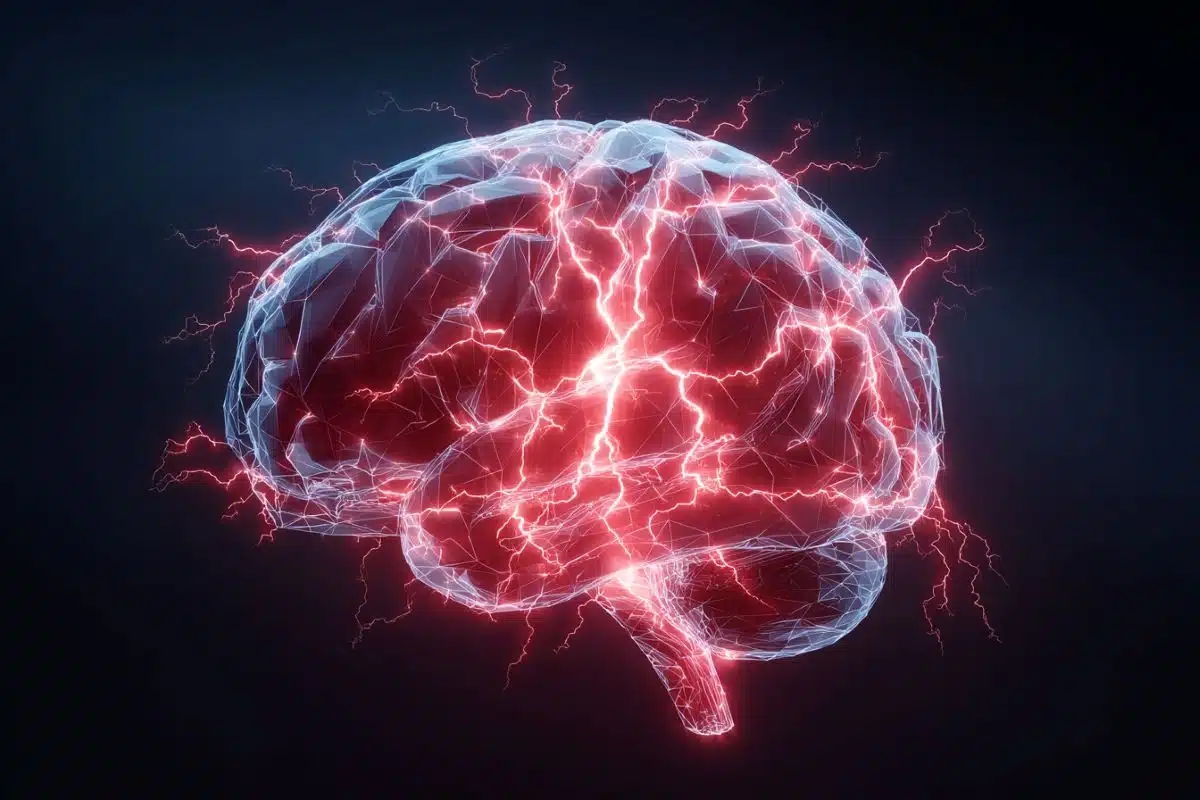Credit to: arminhamidian
Engagi AI is a powerful Chrome extension that serves as your Social Media Assistant, crafting top-tier replies and interactions to help you expand your presence on platforms like Facebook, X (formerly Twitter), and LinkedIn. It helps online businesses attract more customers and nurture lasting, profitable relationships. With just one click, you can generate smart, personalized comments and responses, boosting your visibility and fostering a loyal community—all while maintaining an authentic voice true to your brand.
It integrates seamlessly with your browser and appears whenever you need it. Just click a button, and Engagi AI will generate a polished response that’s ready to go. Engagi AI reads the post, analyzes its content, and drafts a reply tailored to your unique voice and perspective. It works across all major platforms, including Facebook, X (formerly Twitter), LinkedIn, Threads, and more.
AIong with others through likes, comments, or shares encourages them to interact with you in return, increasing the chances of exposure to their followers. This mutual engagement helps put your account in front of new audiences, expanding your reach. As you interact with others, you get discovered in their feed, driving fresh traffic to your profiles.
Plus, when people reply to your content, it boosts your profile’s visibility even more. Social media platforms like Facebook and X reward active engagement by prioritizing content from accounts that interact genuinely with others. The algorithms favor those who consistently engage, increasing your visibility in feeds and searches. The more you engage, the more exposure you get. With Engagi AI, you can maximize your reach and make a larger impact online.
Engagi AIng with others through Engagi AI helps create a strong sense of community around your brand. This not only boosts interaction with your current followers but also attracts new ones who value the engaging and interactive nature of your account. Build a loyal, active community that supports your growth. You’ve heard the saying, now watch it come to life.
By engaging with influencers and brands in your niche, Engagi AI helps you tap into their audiences through collaborations and cross-promotions. This boosts your reach and accelerates your success online. You’ve heard the saying, now watch it come to life. By engaging with influencers and brands in your niche, Engagi AI helps you tap into their audiences through collaborations and cross-promotions. This boosts your reach and accelerates your success online.
Authentic engagement is more than just a response it carries personality. With this software, you’ll always sound real and relatable. Forget bland replies—choose the tone that fits your message. Engagi AI offers options like Agree, Disagree, Thank, Ask a Question, Humor, and even Sarcasm, letting you respond with emotion and flair. Craft compelling, authentic interactions that truly connect.
You can seamlessly integrate product promotion into your social media activity. Promote your products through replies, comments, and engagement without sounding pushy make them a natural part of your conversation. Choose from a range of tailored promotional messages, each designed to fit your brand and connect authentically with your audience.
It analyzes each post and creates a custom, unique response that’s perfectly relevant to the conversation. Say goodbye to spammy or repetitive content. Every reply is fresh, meaningful, and crafted to build quality engagement helping you maintain a strong, trustworthy presence online. Engagi AI supports all major languages, powered by advanced AI technology.
It automatically detects the language of the original post and crafts a reply in the same language, ensuring seamless communication. If you prefer, you can easily switch the reply’s language to suit your needs. Stay flexible and connect with audiences worldwide. Engagi AI lets you choose from a variety of top AI models to power your engagement, ensuring your content remains fresh and unique. Each AI brings its own strengths, allowing you to leverage their full potential.
With continuous updates, the software supports the latest and most advanced AIs, keeping your strategy ahead of the curve. As a browser plugin, Engagi AI works directly from your browser interface, ensuring that your engagement is seen by social media platforms just like any other organic interaction. With 100% safe technology, it helps your account grow without any concerns, providing a completely organic and secure way to boost your presence. Grow with confidence and peace of mind.
Source: https://getengagi.in/
.
.








Leave a Reply